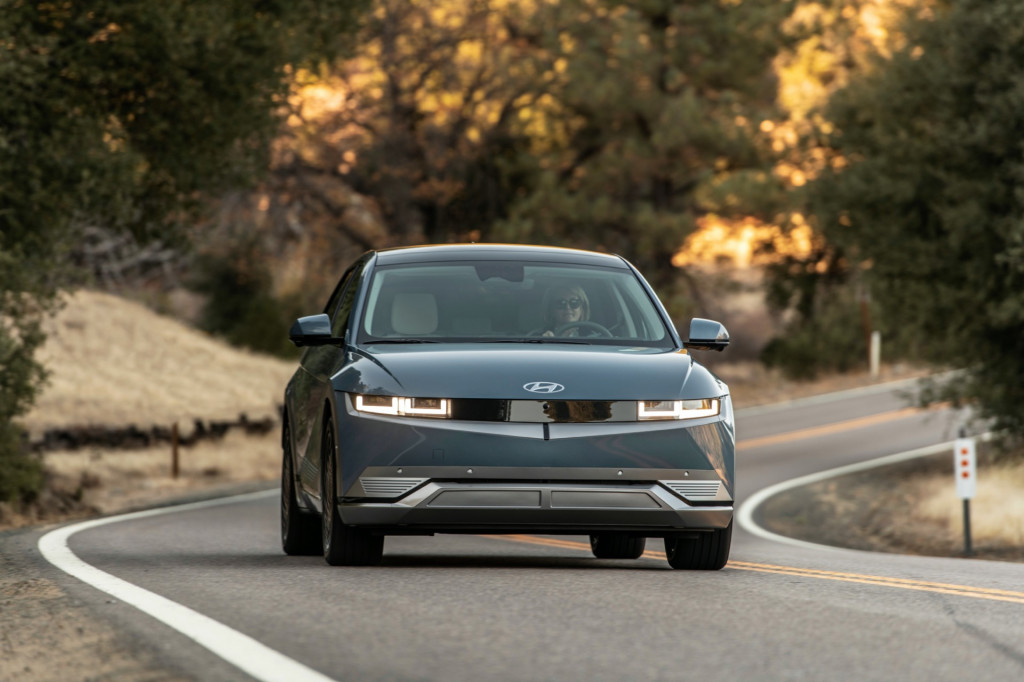Seven states and the District of Columbia led the nation in plug-in car registrations in 2022, each with more than 10 per thousand people, according to the U.S. Department of Energy (DOE).
Along with D.C., the seven states with the most plug-in car registrations were California, Hawaii, Washington, Oregon, Vermont, Colorado, and Nevada. That’s based on a combination of census data and registration data, the latter including plug-in hybrids alongside EVs.
U.S. EV and plug-in hybrid registrations per thousand people in 2022 (via Department of Energy)
California had the highest concentration, with 27.55 registrations per thousand people, followed by Hawaii with 15.43 registrations per thousand people. More than half the states had over five plug-in hybrid or EV registrations per thousand people, and none had fewer than one per thousand people, the DOE noted.
California’s status remains unchanged from 2021, when the DOE reported that it was the top state for EV registrations, followed by Florida, Texas, Washington, and New York. At the time, three of the five states—Florida, Texas, and Washington—hadn’t adopted zero-emission vehicle mandates.

2022 Hyundai Ioniq 5
Washington has only recently jointed California’s Advanced Clean Cars II rules, aiming to make all new cars electric by 2030. With both Washington and Oregon recently enacting rules, the entire West Coast is now aligned to ban new gas cars by 2035. Having neighboring Nevada with such a high rate of adoption only serves to bolster that, showing that EV adoption is spreading out from the West Coast. California’s pending requirement for 50-mile plug-in hybrids will be a growing part of this plug-in future, too.
It’s important to contextualize these developments, though. Plug-in vehicles will remain a relatively small portion of the market for a long time, even if sales approach 50% by 2030, as the Biden administration projects. That’s because it simply takes a long time to retire older gasoline vehicles from the fleet.
